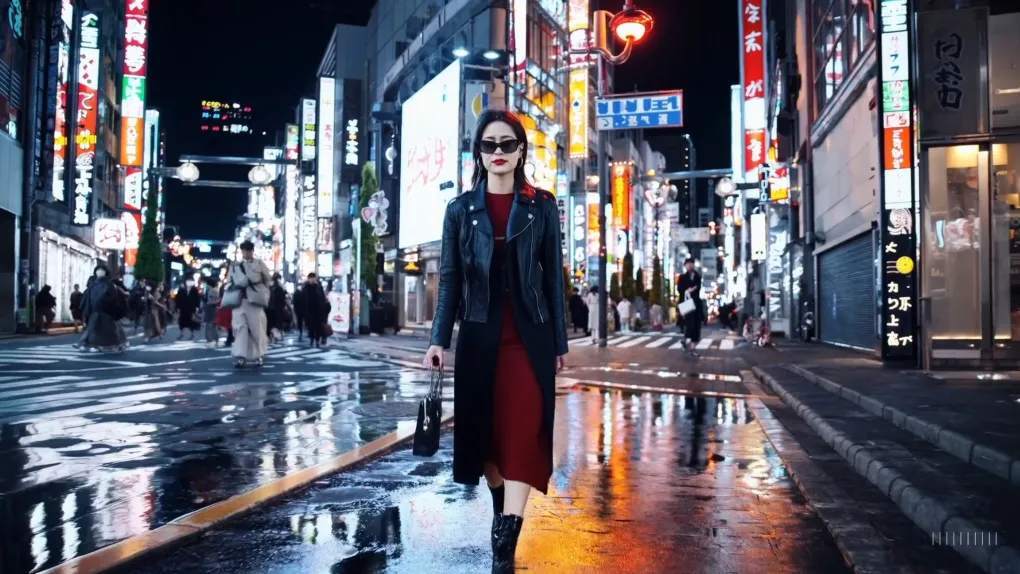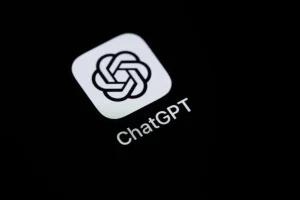OpenAI’s Sora Emerges Unconventionally

OpenAI’s anticipated text-to-video platform, Sora, made an unexpected appearance recently. Thanks to a group of rebellious artists, users worldwide got a rare, unscheduled glimpse of its capabilities. The release wasn’t planned by OpenAI, but it excited users nonetheless. This surprise event lasted only for a brief three hours.
Sora, a model announced earlier by OpenAI, is still waiting for its official unveiling. This early leak, led by digital artists, was a statement demanding better compensation and autonomy for testers. The model quickly garnered attention, with social media buzzing with creations made using Sora’s Turbo variant.
Artists’ Bold Move
In a bold move, a group of digital artists released Sora’s prototype on a public platform. This act was not just about offering early access; it was a protest. The artists wanted OpenAI to pay beta testers fairly and offer more creative freedom. OpenAI, however, states that it allows significant freedom to its testers and only takes voluntary feedback. The disagreement between the artists and OpenAI became a topic of wide discussion.
During the brief public access to Sora, social media was filled with user-generated video content. This period showcased an exciting array of creative possibilities using Sora. Users described it as an advanced tool, potentially far superior to existing models. The three-hour window gave a sneak preview of what many hope to explore further once officially released.
Technology Behind Sora
Sora stands out as a highly sophisticated text-to-video technology. It’s built to transform text prompts into high-quality video clips with great detail. Users were able to generate 10-second 1080p videos using its Turbo variant during the leak. This shows Sora’s potential to revolutionize digital content creation.
OpenAI has been developing Sora with the goal of setting a new standard in AI-driven video creation. The technology aims to simplify the production process while enhancing creative possibilities. By handling complex video tasks, Sora can empower artists and creators to expand their storytelling techniques.
Many have high hopes for Sora’s full capabilities once it is officially launched. With the sample videos already impressive, expectations are that official releases will deliver even more stunning results. The anticipation is building for what Sora might mean for the future of creative industries.
Reactions from the AI Community
The AI community was abuzz with reactions to the Sora leak. Many supporters of the artists’ cause praised their actions, stating it was a necessary push for OpenAI to acknowledge the value of testers’ contributions. Critics, however, questioned the ethics of releasing proprietary technology without authorization.
Despite mixed opinions, there is a consensus that Sora is a remarkable achievement in AI technology. Many experts believe that it could significantly influence future developments in the field. The incident sparked important conversations around the treatment and recognition of contributors in the tech industry.
Ultimately, the leak has put pressure on OpenAI to clarify its stance on compensation and creative freedom. As the discussions continue, the tech community remains interested in how these events will influence future interactions between creators and corporations.
Implications for the Future
The early release of Sora has far-reaching implications for both users and developers. For developers, it highlights the importance of fostering positive relationships with testers and contributors. For users, it opens up new avenues for creativity and innovation that were previously unimaginable.
This incident may serve as a catalyst for change in how tech companies engage with their user base. OpenAI, known for pushing boundaries in artificial intelligence, might need to reevaluate its policies on user collaboration. Maintaining transparency and offering fair incentives could be important steps forward.
Regardless of the internal challenges, it’s clear that Sora’s technology holds promising applications across various creative fields. With the right support and development, it could lead a new wave of AI-driven content creation tools. Exciting times lie ahead for both aspiring creators and seasoned professionals.
Social Media Waves
Social media played a critical role in the dissemination of Sora’s capabilities during the leak. Platforms like Twitter and Instagram saw a surge of posts showcasing the videos created with the model. This rapid spread highlighted the public’s eagerness to explore new AI tools.
The short availability of Sora created a kind of frenzy, with users sharing their experiences and insights online. This movement undoubtedly built a community of eager participants ready to embrace the technology once it officially launches.
Despite efforts to control the leak, OpenAI found itself at the center of a viral sensation. The exposure, while unintended, heightened interest and anticipation for Sora, ultimately turning a rebellious act into a marketing boost.
Context of AI Developments
The Sora incident occurred amid numerous advancements in AI, marking a period of rapid technological growth. Other companies are also pushing the envelope, introducing new AI-driven tools designed to enhance productivity and creativity.
AI models are becoming increasingly integrated into everyday life. Products such as chatbots, automated assistants, and creative software highlight the growing importance of AI in both work and leisure contexts. The expansion of AI capabilities continues to capture widespread attention globally.
As companies like OpenAI and others continue developing these tools, questions about ethics, data usage, and collaboration come to the forefront. The Sora leak serves as a reminder of these challenges and the need for ongoing discussions in the tech community.
Compensation and Recognition
One of the central issues raised by the leak was the compensation and recognition of beta testers. The artists involved argued that testers should be fairly rewarded for their contributions and given more autonomy in their creative process.
The debate echoes broader discussions about compensation in tech fields, where contributors often seek appropriate acknowledgment for their work. Tech companies are under increasing pressure to address these concerns in meaningful ways.
As conversations around Sora’s leak persist, the call for fair treatment of creators and testers gains momentum. Ensuring equitable partnerships could prove vital for the sustainability and innovation of future technological advancements.
OpenAI’s Response
In response to the leak, OpenAI reiterated its commitment to ethical practices and its appreciation for tester feedback. The company stands by its current policies, asserting that it provides freedom for testers to share insights, though not mandatorily.
OpenAI aims to address any misunderstandings with clear communication channels moving forward. The company hopes to find a balance between creative freedom and protecting its proprietary technology.
Although faced with challenges, OpenAI’s dedication to pushing forward with Sora remains apparent. This incident may have been unexpected, but it has sparked valuable discussions on the relationship between tech giants and their communities.
What Lies Ahead for Sora
Looking towards the future, the official release of Sora remains eagerly awaited. While the early leak provided a taste of its capabilities, many are keen to see what enhancements and features the full version will offer.
The potential applications for Sora in digital content creation are vast, and its influence could be far-reaching. This anticipation continues to grow as the AI community watches closely for more updates from OpenAI.
With heightened interest and expectations, the successful launch of Sora could set a new benchmark for AI-driven creativity. The excitement surrounding this technology is palpable, reflecting a broader enthusiasm for the future of AI innovations.
The unexpected release of Sora has stirred excitement and debate in equal measure. As anticipation builds for its official launch, the conversation about fair testing practices and creative collaboration continues to unfold.






